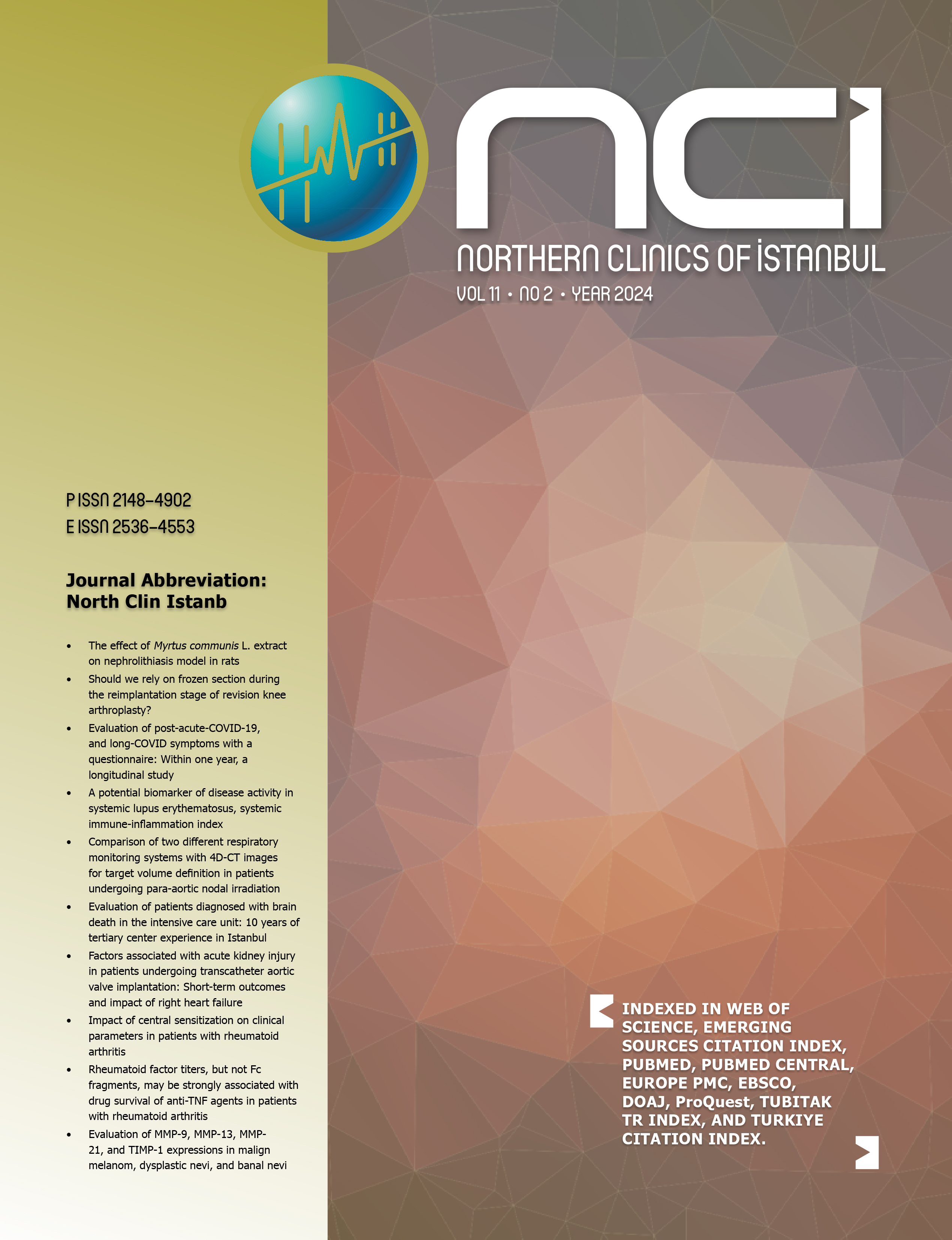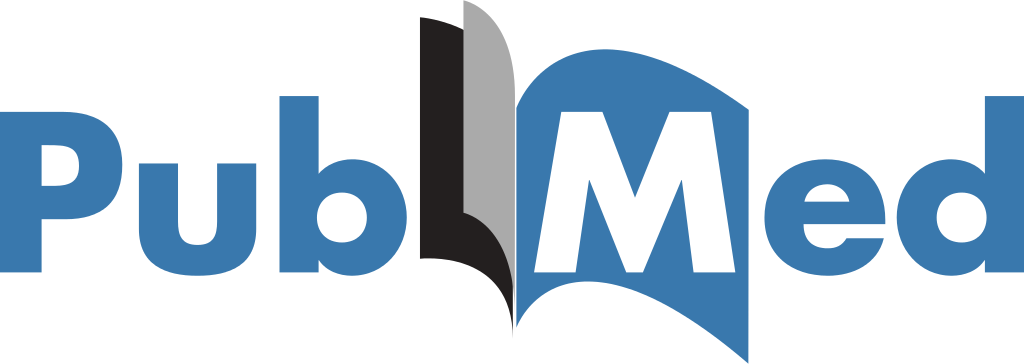Predictive value of machine learning-based T2-weighted MRI radiomics in the diagnosis of polycystic ovary syndrome
Gunay Rona1, Neriman Fistikcioglu1, Tekin Ahmet Serel2, Meral Arifoglu1, Mehmet Bilgin Eser3, Serhat Ozcelik4, Kadriye Aydin41Department of Radiology, University of Health Sciences, Kartal Dr. Lutfi Kirdar Training and Research Hospital, Istanbul, Turkiye2Department of Urology, Suleyman Demirel University Faculty of Medicine, Isparta, Turkiye
3Department of Radiology, Turkan Ozilhan State Hospital, Izmir, Turkiye
4Department of Endocrinology, University of Health Sciences, Kartal Dr. Lutfi Kirdar Training and Research Hospital, Istanbul, Turkiye
OBJECTIVE: This study aims to explore the predictive performance of machine learning-based radiomic features extracted from T2-weighted magnetic resonance imaging (MRI) in differentiating between women with polycystic ovary syndrome (PCOS) and healthy counterparts.
METHODS: The study included patients diagnosed with PCOS who had undergone pelvic MRI in the endocrine department between 2014 and 2022, along with an age-matched control group. The ovaries were manually segmented from T2-weighted images using the 3D Slicer software. Both first- and second-order features, including wavelet filters, were extracted from the images. Utilizing the Python 2.3 programming language and the Pycaret library, various machine learning algorithms were employed to identify highly correlated features. The optimal model was selected from the 15 algorithms assessed.
RESULTS: The study involved a total of 202 ovaries from 101 patients with PCOS (mean age 23±4 years) and 78 ovaries from the control group comprising 40 individuals (mean age 24±5 years). In the training set, the machine learning models displayed accuracy and area under the curve (AUC) values ranging from 72% to 83% and 0.50 to 0.81%, respectively. Notably, the Light Gradient Boosting Machine (LightGBM) model emerged as the most effective model among the various machine learning algorithms, exhibiting an AUC of 0.81 and an accuracy of 83%. When evaluated on the test set, the AUC, accuracy, recall, precision and F1 values of the LightGBM model were 0.80, 82%, 91%, 86%, 88%, respectively.
CONCLUSION: Machine learning-based T2-weighted MRI radiomics seems viable in differentiating between individuals with and without PCOS.
Polikistik over sendromu tanısında makine öğrenimi tabanlı T2 ağırlıklı MR radyomikslerin öngörücü değeri
Gunay Rona1, Neriman Fistikcioglu1, Tekin Ahmet Serel2, Meral Arifoglu1, Mehmet Bilgin Eser3, Serhat Ozcelik4, Kadriye Aydin41Sağlık Bilimleri Üniversitesi, Kartal Dr. Lütfi Kırdar Eğitim ve Araştırma Hastanesi, Radyoloji Kliniği, İstanbul2Süleyman Demirel Üniversitesi Tıp Fakültesi, Üroloji Anabilim Dalı, Isparta
3Türkan Özilhan Devlet Hastanesi, Radyoloji Kliniği, İzmir
4Sağlık Bilimleri Üniversitesi, Kartal Dr. Lütfi Kırdar Eğitim ve Araştırma Hastanesi, Endokrinoloji Kliniği, İstanbul
Amaç: Bu çalışma, T2 ağırlıklı manyetik rezonans görüntülemeden (MRI) elde edilen radyomik özelliklerin makine öğrenme analizi ile polikistik over sendromlu (PKOS) kadınlarla, sağlıklı kadınları ayırmadaki öngörücü performansını araştırmayı amaçlamaktadır.
Yöntem: Çalışmaya 2014-2022 yılları arasında endokrin bölümünde PKOS tanısı almış ve pelvik MR çekilmiş hastalar ve aynı yaştaki kontrol grubu dahil edildi. Overler, 3D Slicer yazılımı kullanılarak T2 ağırlıklı görüntülerden manuel olarak segmente edildi. Görüntülerden wavelet filtreleri de dahil olmak üzere hem birinci hem de ikinci dereceden özellikler çıkarıldı. Python 2.3 programming language and the Pycaret library kullanarak, yüksek korelasyonluözellikleri tanımlamak için çeşitli makine öğrenimi algoritmaları kullanıldı. Değerlendirilen 15 algoritma arasından en uygun model seçildi.
Bulgular: Çalışmaya 101 PKOS hastasının (ortalama yaş 23±4 yıl) toplam 202 overi ve 40 kişiden (ortalama yaş 24±5 yıl) oluşan kontrol grubunun 78 overi dahil edildi. Eğitim setinde, makine öğrenimi modelleri sırasıyla %72 ile %83 ve %0,50 ile %0,81 arasında değişen doğruluk ve eğri altındaki alan (AUC) değerlerini sergiledi. Makine (LightGBM) modeli, çeşitli makine öğrenimi algoritmaları arasında en etkili model olarak ortaya çıktı ve 0,81 AUC ve %83 doğruluk sergiledi. Test seti üzerinden değerlendirildiğinde LightGBM modelinin AUC, doğruluk, geri çağırma, kesinlik ve F1 değerleri sırasıyla 0,80, %82, %91, %86, %88 olarak saptandı.
Sonuç: Makine öğrenimi tabanlı T2 ağırlıklı MR radyomikleri, PCOS'lu ve PCOS'suz bireyleri ayırt etmede başarıldır. (NCI-2024-2-1)
Manuscript Language: English





















